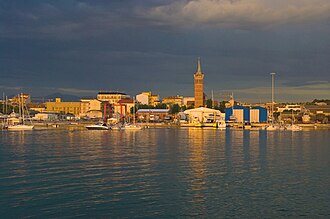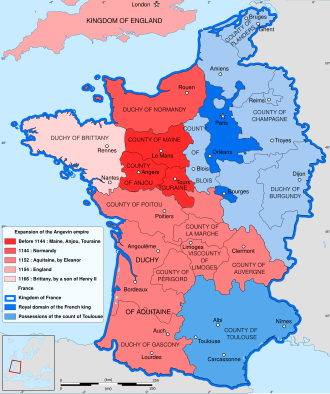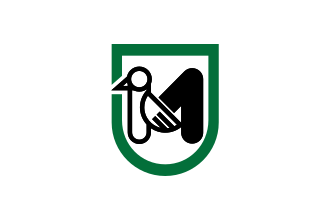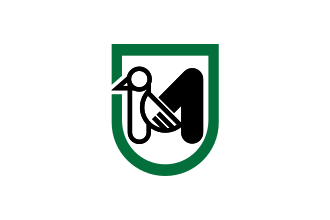Marche Last Name Origin, History, and Meaning
Where did the surname Marche come from? What does the surname Marche mean? Discover the history and meaning of the last name Marche and family migration on YourRoots Map.
Surname Marche Origin: What does the last name Marche mean?
The surname Marche has its origins in France around the early 10th century, as indicated by YourRoots data. This surname is closely associated with France from the 10th to the 18th century, with records also showing its presence in countries like England, Canada, and Australia, signifying a global spread over the centuries.
By the 20th century, the Marche surname had significantly increased in records in England, Canada, and Australia. It remains prominent in the United Kingdom and can be found in various countries worldwide, including France, England, Canada, Australia, and more, showcasing its enduring presence and widespread distribution.
Marche Last Name History: Where did the last name Marche come from?
Origin of Marche Surname: Where does the last name Marche originate from?
According to YourRoots data, the surname Marche first appeared in records from France around the early 10th century. Please note that this reflects only YourRoots data for the exact Marche spelling and does not include other record sources or surname variations.
History of the Last Name Marche: What does the Marche surname history look like in the early days?
The Marche surname remained closely associated with France from the 10th to the 18th century. YourRoots data also shows Marche family records in countries like England, Canada, and Australia, indicating global spread over the centuries.
Global Spread: Where can we find the Marche surname today?
By the 20th century, the volume of records with the Marche surname grew significantly in England, Canada, and Australia. The Marche surname remains prominent in the United Kingdom. It appears in many countries, including France, England, Canada, Australia, and more.
Explore Marche last name heritage and Marche surname origin based on YourRoots Map data
 VIEW THE ORIGIN OF SURNAME MARCHE
VIEW THE ORIGIN OF SURNAME MARCHEFamous People With Marche Surame?

Civitanova Marche
Civitanova Marche (Italian pronunciation: [Àåt ÉivitaÀàn…îÀêva Ààmarke]) was founded in the 8th century BC as Cluana by the Piceni Italic tribe. The city has a rich history, from being captured by the Romans in 268 BC to experiencing growth and renewal under the Aldonesi, da Varano, Malatesta, Sforza, and Visconti families. In the 16th century, Civitanova faced challenges like pirate attacks and the plague but saw a period of renewal in the 17th century. Over the years, the city expanded and developed, eventually uniting Alta and Porto under the name Civitanova Marche in 1938. Today, it is a popular vacation destination with a mix of historical and modern attractions.

County of La Marche
County of La Marche (958–1983) was a medieval French county known for its historical significance and noble lineage. From the La Marche dynasty to the Capetian-Bourbon dynasty, notable figures like Hugh I the Devil and Charles III of Bourbon have left their mark on French history. With ties to the Armagnac dynasty and the Orleanist pretenders, the Counts of La Marche played key roles in shaping the region's political landscape. Their legacy continues through descendants like Prince Robert, Count of La Marche, ensuring the name remains intertwined with France's rich history.

Flag of Marche
The flag of Marche is an official symbol of the region of Marche, Italy, adopted in 1995. Designed by Maurizio Catani and Gianni Veroli, it features a stylized woodpecker representing the Picentes tribe, with a green-bordered shield on a white field. The region has a rich history, with flags of the Duchy of Urbino, Republic of Ancona, March of Ancona, and Anconine Republic showcasing its past. Each flag reflects different eras and influences, from Byzantine insignia to French tricolor. The flag of Marche serves as a visual reminder of the region's heritage and cultural significance.

Politics of Marche
The Politics of Marche, Italy is a dynamic arena of semi-presidential representative democracy, with a rich history of diverse political parties shaping the region's governance. From the liberal establishment pre-Fascism to the rise of the Italian Republican Party in the northern Romagnoli region, Marche has seen various political ideologies in power. Post-World War II, Christian Democracy and later post-Communist parties dominated the region, contributing to the "Red belt" alongside other central Italian regions. The region's Executive branch is led by a directly elected President, while the Legislative Assembly consists of 40 members elected through a mix of provincial and regional lists, ensuring a balanced representation for all voices.

Inno delle Marche
Inno delle Marche, born Giovanni Allevi, is an Italian composer known for creating the official hymn of the Italian region of Marche. He wrote the anthem, which originally had no lyrics, on behalf of regional authorities. In 2013, lyrics were added to the hymn, chosen by a committee that included the famous Italian lyricist Mogol. The piece was performed by the BTwins, students of Mogol, at a celebration in San Benedetto del Tronto. Inno delle Marche's composition is a significant cultural contribution to the Marche region and has become a symbol of regional pride.
All images displayed on this page are sourced from Wikipedia or Wikimedia Commons.We use these images under their respective Creative Commons or public domain licenses. Wherever applicable, author attributions and license information are provided. If you believe an image is used incorrectly or outside its license terms, please contact us so that we can review and correct the issue.




.png)